
Grove Street Cemetery or Grove Street Burial Ground is a cemetery in New Haven, Connecticut, that is surrounded by the Yale University campus. It was organized in 1796 as the New Haven Burying Ground and incorporated in October 1797 to replace the crowded burial ground on the New Haven Green. The first private, nonprofit cemetery in the world, it was one of the earliest burial grounds to have a planned layout, with plots permanently owned by individual families, a structured arrangement of ornamental plantings, and paved and named streets and avenues. By introducing ideas like permanent memorials and the sanctity of the deceased body, the cemetery became "a real turning point... a whole redefinition of how people viewed death and dying", according to historian Peter Dobkin Hall. Many notable Yale and New Haven luminaries are buried in the Grove Street Cemetery, including 14 Yale presidents; nevertheless, it was not restricted to members of the upper class, and was open to all.
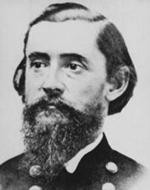
Henry Beebee Carrington was a lawyer, professor, prolific author, and an officer in the United States Army during the American Civil War and in the Old West during Red Cloud's War. A noted engineer, he constructed a series of forts to protect the Bozeman Trail, but suffered a major defeat at the hands of the warchief Red Cloud.

Daniel Cady was an American lawyer, politician and judge in upstate New York. While perhaps better known today as the father of Elizabeth Cady Stanton, Judge Cady had a full and accomplished life of his own. He served one term as a U.S. representative from New York.

James Barnet Fry was an American soldier and prolific author of historical books.
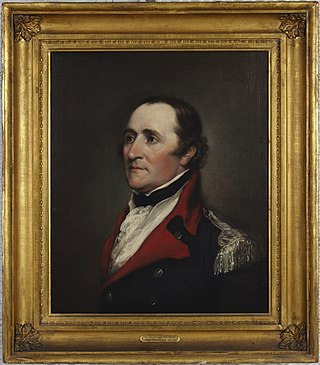
Ebenezer Huntington was an officer in the Continental Army during the American Revolutionary War, and afterwards United States Representative from Connecticut.
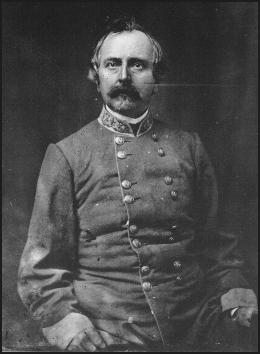
William Preston was an American lawyer, politician, and ambassador. He also was a brigadier general in the Confederate Army during the American Civil War.
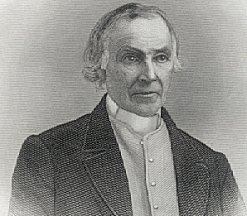
John Denison Baldwin was an American politician, Congregationalist minister, newspaper editor, and popular anthropological writer. He was a member of the Connecticut State House of Representatives and later a member of the U.S. House of Representatives from Massachusetts.

Thomas Hart Seymour was an American lawyer and Democratic Party politician who served as the 36th governor of Connecticut from 1850 to 1853 and as minister to Russia from 1853 to 1858. He was the leader of the peace settlement in the Democratic Party, and narrowly lost the April 1863 gubernatorial election.

Daniel Gott was an American lawyer and politician who served as a U.S. representative for New York's 24th congressional district from 1847 to 1851.

Nathan Fellows Dixon was an attorney and bank president from Westerly, Rhode Island. The son of Nathan F. Dixon and father of Nathan F. Dixon III, he was best known for his service as a United States representative from Rhode Island from 1849 to 1851, and again from 1863 to 1871.
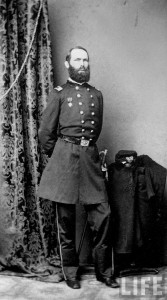
Julius Peter Garesché, birth name "Julio Pedro Garesché de Rocher", was an American professional soldier. He was killed at the Battle of Stones River, Tennessee during the American Civil War. The Union Army's Battery Garesché was named for him.
Stanton is an English toponymic surname.
Thomas Stanton (1616?–1677) was a trader and an accomplished Indian interpreter and negotiator in the Connecticut Colony, one of the original settlers of Hartford. He was also one of four founders of Stonington, Connecticut, along with William Chesebrough, Thomas Miner, and Walter Palmer.
The Adjutant General of Maryland is the head military official of the Maryland National Guard, the Maryland Defense Force, and any other military or paramilitary units that may be maintained by the State of Maryland. The adjutant general is responsible for the military department's budget and maintains all State-owned armories in Maryland.
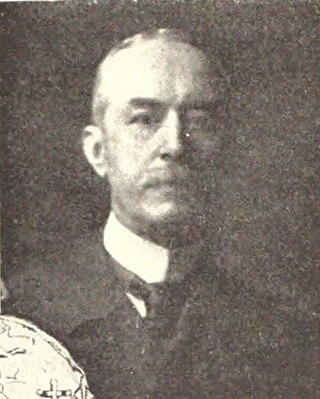
John Breckinridge Babcock was a US Army officer who received the Medal of Honor for his actions during the Indian Wars.

George Pierce Shelton, born in Southbury, Connecticut, on September 7, 1820, was the Adjutant General for the State of Connecticut from 1848 to 1851. In addition to serving as the Adjutant General, he served in the Connecticut State Legislature and as the Town Clerk for the city of Seymour, Connecticut

William Petit Trowbridge was a mechanical engineer, military officer, and naturalist. He was one of the first mechanical engineers on the faculties of the University of Michigan, the Sheffield Scientific School of Yale, and the Columbia School of Mines. He had a brief military career after graduating from West Point and later served as Adjutant General for the State of Connecticut from 1873 to 1876. During his career as a surveyor on the American Pacific coast he collected thousands of animal specimens, several of which now bear his name.
Justin Hodge, born in Roxbury, Massachusetts on April 21, 1815, was a Connecticut politician who served in the state legislature for many years. He represented his hometown of Barkhamstead as a loyal member of the Democratic Party. He served in the U.S. Army during the Civil War as well as the Mexican War before that. He briefly served as the Adjutant General of Connecticut in 1855.
Elihu William Nathan Starr, born in New Haven, Connecticut, on August 10, 1812, was the ninth Adjutant General of the State of Connecticut. He was later elected to the position of town clerk for the City of Middletown. He also served as treasurer and Judge of Probate
Frederick E. Camp, was born in Durham, Connecticut on July 1, 1832, was the twenty-fifth Adjutant General of the State of Connecticut. He was a treasurer of the soldier's hospital board. He also worked in the office of Boston and New York Air line Railroad Company at New Haven, Connecticut. Camp also became secretary and treasurer of the Middletown Gas Light Company, which he held until he died. Camp was a republican and a member of the state central committee from 1884 to 1888. In 1877 until 1881 he was a city clerk and treasurer of Middletown, Connecticut.














